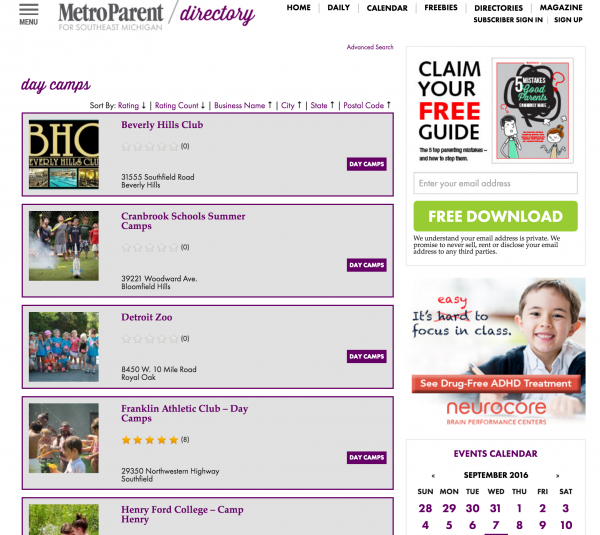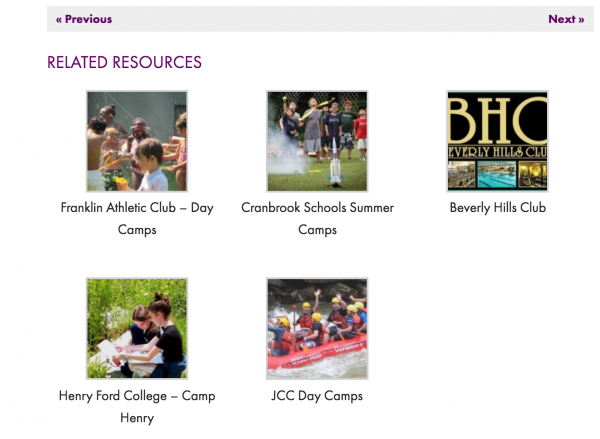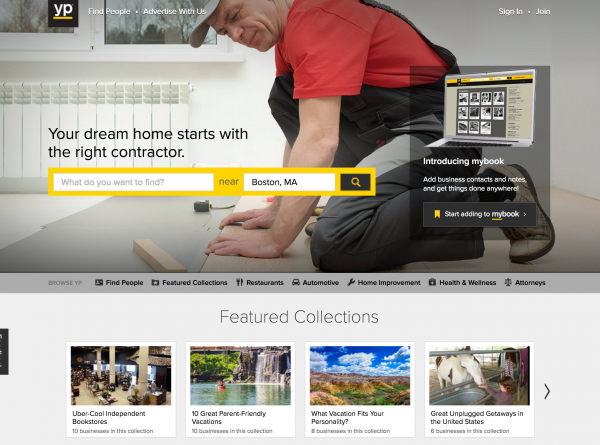The directory content business model is a three-fer
The directory content business has some pretty unique benefits. If executed correctly, this model can be a win-win-win for any ambitious publisher. Not many content business models can say that.
Not only is a directory a revenue stream, it can also be an engagement device on your website – and driving traffic to your website is a powerful online publishing strategy. When you have a robust directory, users can flock to your site for information that’s more specific and relevant to their needs than any Google search could deliver. And finally, as the icing on the cake, Google loves a good directory: When it’s properly tagged and optimized, it will always appear near the top in Google search rankings because Google also knows its content is valuable to its users.
[text_ad]
Listings in a directory can be either free or, for those who want more real estate and sell copy, premium (paid). A truly robust directory can even be 100% premium; once you have enough listings to be the only game in town, you can dispense with the free listings. In either case, the more listings you have, the more credibility you have with your users and with Google. When it comes to the directory content business model, size definitely matters.
Directory content business model examples
Mequoda’s niche example of a directory content business model is MetroParent, a family-oriented regional magazine located in southeast Michigan. MetroParent publishes a free print magazine which is also available as a Web edition, similar to our groundbreaking I Like Crochet site.
We think this combination of content and optimization is so valuable, we’ve actually integrated the content with the directory listings at MetroParent. We created a directory plug-in to their Haven system so the editorial staff can automatically drop in the top 10 premium listings for any category into a related article, where they reside at the end of the article as “related resources” about a set of “related posts,” adding value for the reader.
Directory listings also appear at the bottom of each category page. This can be a terrific revenue stream for a publisher provided it’s integrated carefully into the editorial content and journalistic integrity is maintained.
And for something completely different, our mass media example of a directory is the massive YP, the Internet version of the print product most of us remember as the Yellow Pages. YP.com rules Internet directories even as its print predecessor ruled in paper.
Unlike MetroParent, YP.com is not integrated with free content, instead, its content is integrated with its directory listings. The stop of its home page offers a search field, but just below that it offers “featured collections” of businesses that presumably pay for the privilege of being included.
Scroll a little further and you’ll discover some of YP’s free content: Interviews with celebrities about their favorite places and businesses. Other free consumer content includes city directories offering everything from driving directions to restaurants to real estate listings. There are also marketing advice columns and other content for businesses, so that YP offers content for both its business and consumers.
YP’s listings are both free and paid, depending on how much attention you want to get, and YP claims that 66% of its searchers buy from a merchant listed in its directory. When you search for businesses, you get not just a list, but also advertising from premium “featured” businesses offered in the right rail. YP even sells display ads based on the user’s recent searches on other websites.
YP also offers a variety of marketing services itself, and sponsors marketing educational events around the country. All in all, YP is quite a robust directory with plenty of additional content and other ancillary products that the old Yellow Pages print company could never have dreamed of.
Characteristics of the directory content business model
The directory content business model has very few shared characteristics with any one other content business model.
Who pays: Like a portal, the directory site content is paid for by sponsors and is free to users, with a few exceptions in niche categories.
MIU: The minimum information unit of a directory content business model is a listing. A listing can be quite basic, or it can include profiles, video, or, as at Metro Parent, “microsites” that start with a page on, say, camps and classes, and a variety of daughter pages on businesses such as dance classes and day camps.
Frequency: Unlike any of the other content business models, content on a directory website almost never changes.
User-generated content: There is little user-generated content on directory websites. When a directory allows its users to generate their own listings, we generally see that directory site fail. Instead, we like to see curated content, where directory services managers create content based on research and interviews with the listing business.
Authors: This varies depending on the size of the directory. Typically a directory will have a small team of directory services managers, or even just one, who can usually manage 2,000-5,000 free listings or 500 paid listings.
Browse/Search: Just as in the old days of print, when Yellow Pages TV commercials urged you to “Let Your Fingers Do the Walking,” today a user browses listings in the category they’re interested in. You might indeed search Google for “daycare centers near me,” but Google will give you the daycare listings as a result and you’ll still browse through those.
Home page: Generally a directory content business model will feature what’s popular on its home page, at least at the top left where users’ eyes most often land, but alphabetic lists of topics usually appear down below. As mentioned above, YP gives its prime real estate at the top of its home page to a search field, followed by “featured collections.” Below that are listings that “You Might Like” and coupons.
Video: Video can appear on some directory websites, particularly on niche directory sites. Naturally, video is something that publisher can charge more for.
The directory offers plenty of revenue opportunities for the ambitious publishers, from the listings themselves to ancillary products such as maps, marketing services, books and even events. When you add that to their appeal as an engagement device and its search engine optimization potential, you get one of the best websites you could launch as either a new venture or as a companion to an existing subscription website of another kind.
Of course, if you have a directory content business model we should talk a look at, let us know in the comments below. And if you’re interested in adding one to your website to drive traffic and get Google’s attention, why not talk to me?





